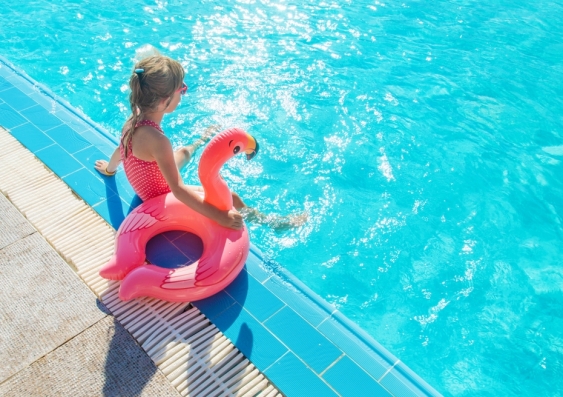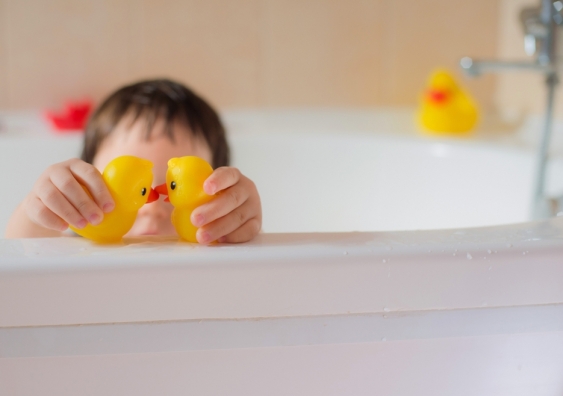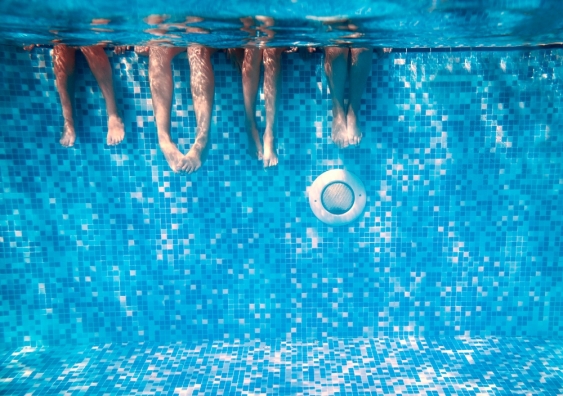Fatal child drownings: Chores a distraction in more than 4 out of 10 cases
New UNSW research is a timely reminder this summer that housework, socialising and miscommunication can become deadly distractions when young children are left alone in or near water.




